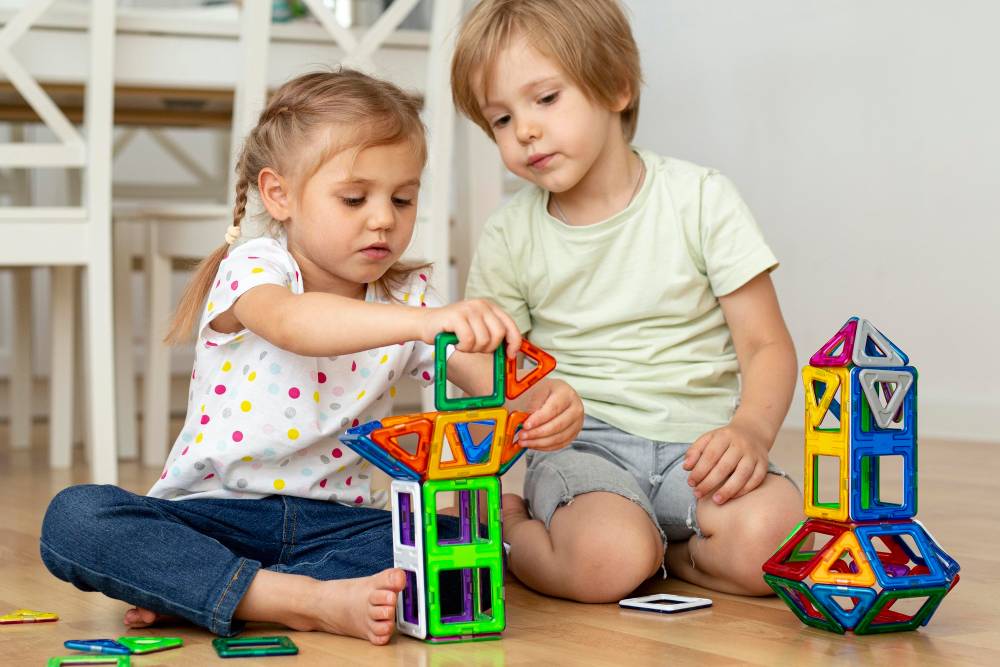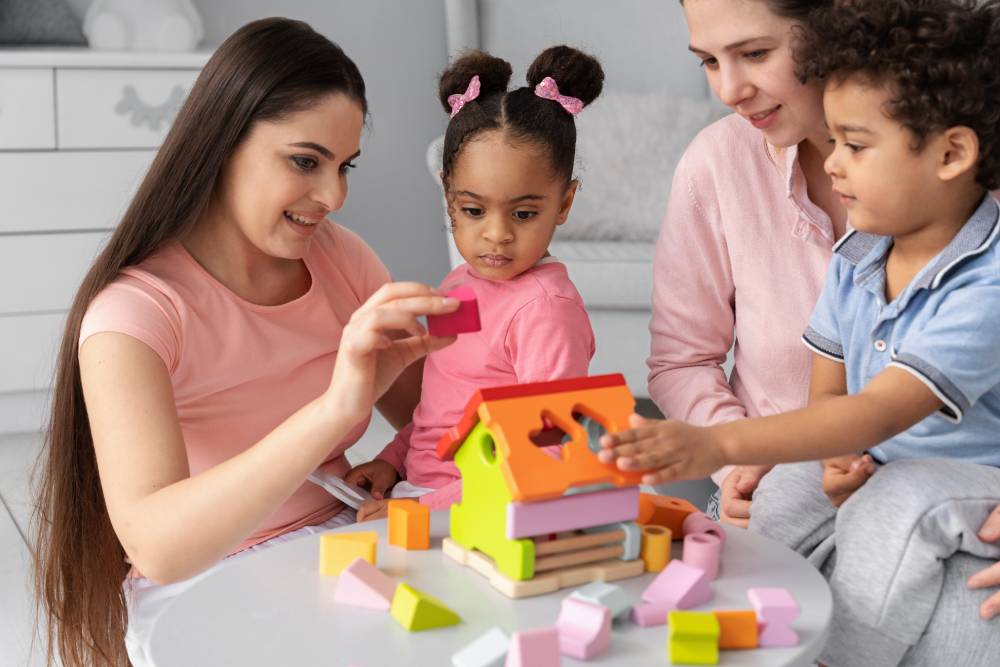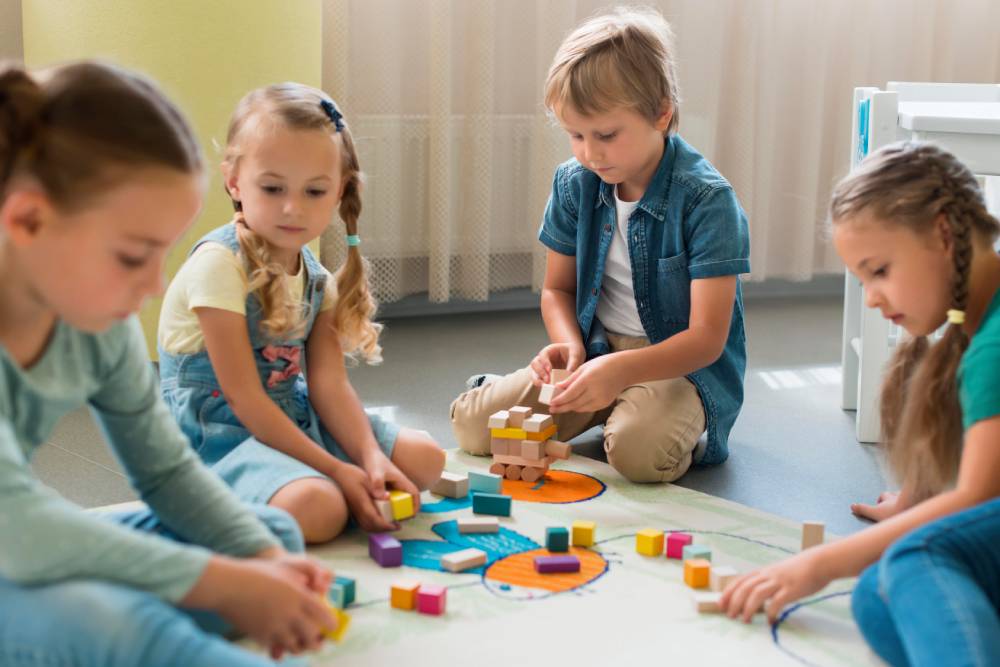Social interactions are a fundamental part of everyday life. However, for children with ADHD and autism, navigating these interactions can be challenging. Therefore, developing social skills is essential for building meaningful relationships and fostering confidence. This blog explores effective strategies to support children in improving social interactions, ADHD and autism social training, and creating a positive impact on their lives.
Improving Social Interactions: Addressing Social Challenges in ADHD and Autism
Children with ADHD and autism often face unique social challenges. These difficulties may arise due to differences in communication styles, sensory sensitivities, or difficulty understanding social cues. For instance, ADHD can lead to impulsive behavior, making it hard for children to wait their turn in conversations. Similarly, autism may result in struggles with eye contact, tone modulation, or interpreting non-verbal gestures.
These challenges, therefore, highlight the need for tailored interventions. Consequently, social skills training plays a pivotal role in improving social interactions. ADHD and autism social training programs focus on personalized approaches to address these needs.
Strategies for Improving Social interactions
- Structured Social Skills Training: Structured programs are highly beneficial. For example, these training sessions teach children to recognize social cues, practice turn-taking, and respond appropriately. Therapists often use role-playing and group activities to simulate real-life interactions effectively.
- Behavior Modeling: Children, in many cases, learn effectively by observing others. Thus, parents, teachers, and therapists can model desirable social behaviors. Demonstrating kindness, patience, and empathy helps children mirror these actions in their interactions.
- Positive Reinforcement: Rewarding positive social behavior reinforces learning. For instance, small rewards, verbal praise, or a simple hug encourage children to repeat desired behaviors. As a result, this approach builds confidence and motivates continued effort.
- Visual Supports and Social Stories: Visual aids, such as picture cards or storyboards, clarify social expectations. For instance, social stories present scenarios with appropriate responses, helping children understand how to behave in specific situations effectively.
- Encouraging Peer Interaction: Facilitating playdates or small group activities allows children to practice their skills in a low-pressure setting. Moreover, these opportunities foster collaboration and communication among peers, further reinforcing their social development.
The Role of Occupational Therapy in Improving Social Interactions
Occupational therapy plays a crucial role in improving social interactions for children with ADHD and autism. For instance, therapists assess individual needs and design targeted interventions. Additionally, sensory integration therapy helps children manage sensory sensitivities that might interfere with socialization.
Therapists also address fine motor skills and coordination, which can affect participation in group activities. Consequently, regular sessions improve overall confidence and make social interactions less intimidating.
Importance of Family Involvement
Parents and caregivers are integral to the success of social training programs. Involvement in therapy sessions, for example, helps parents understand the techniques and apply them at home. Simple activities like board games, storytelling, or shared hobbies encourage bonding and social practice.
Support groups for parents also provide a platform to share experiences and gain insights. By working together, families create a supportive environment that reinforces progress effectively.
Building Emotional Awareness
Understanding emotions is key to successful interactions. Therefore, emotional regulation activities teach children to recognize and manage their feelings. Techniques like deep breathing, counting to ten, or using emotion charts help children stay calm during overwhelming situations.
Therapists, in many cases, incorporate emotion-based games into therapy. For example, these activities encourage children to identify their own emotions and empathize with others effectively.
Schools as Key Contributors
Schools play a vital role in improving social skills. Teachers, for instance, can integrate social skill-building activities into the curriculum. Group projects, classroom discussions, and interactive games create opportunities for practice and improvement.
Special education programs also offer additional support. Trained educators, therefore, use evidence-based techniques to help children with ADHD and autism navigate social challenges. Collaboration between schools, therapists, and families ensures consistency in learning.


Using Technology to Support Improving Social Interactions
Technology offers innovative ways to support social training. For instance, apps and online games designed for children with ADHD and autism teach essential skills interactively. These tools are engaging and allow children to learn at their own pace effectively.
Virtual reality simulations, moreover, create immersive experiences where children can practice real-world scenarios. Consequently, these tools boost confidence and reduce anxiety about face-to-face interactions.
Tracking Growth in Improving Social Interactions
Tracking progress is crucial for identifying areas of improvement. Regular evaluations by therapists, teachers, and parents, therefore, provide valuable insights. Celebrating milestones, no matter how small, keeps children motivated and fosters a sense of achievement.
Creating a journal or scrapbook of their accomplishments, for example, is another effective way to acknowledge their efforts. Visual records of progress reinforce the importance of perseverance and continued effort.
Conclusion
Improving social interactions, ADHD and autism social training, requires consistent effort, patience, and collaboration. By implementing structured strategies, fostering family involvement, and leveraging technology, we can empower children to navigate social situations confidently. Together, we can create an inclusive environment where every child has the opportunity to thrive socially.
